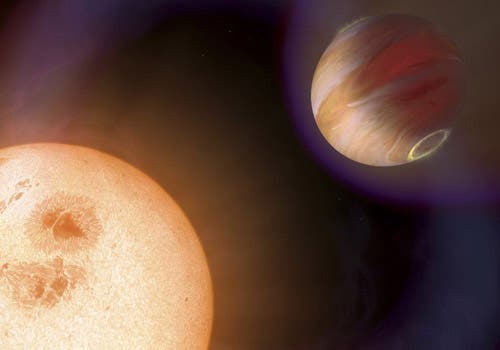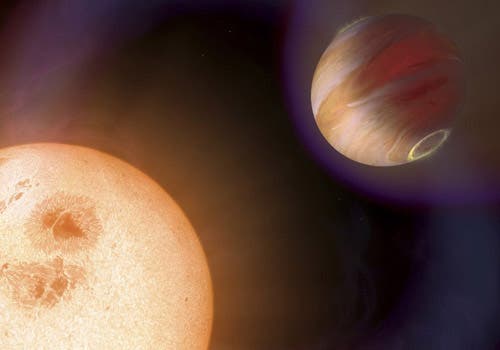The discovery of 9 new planets raises some serious questions on the matter of how planets are formed. Two astronomers from the University of California, Santa Barbara reported the discovery, and of them, two are spinning in the opposite direction the planets in our solar system are spinning. This, along with other recent studies of exoplanets (planets outside the solar system) seems to put the final nail in the primary theory regarding planetary formation.

This was the highlight at the UK National Astronomy Meeting in Glasgow, Scotland that took place this week, and now researchers from this field will have a whole lot of work to do, basically starting from scratch (almost).
“Planet evolution theorists now have to explain how so many planets came to be orbiting like this,” said Tim Lister, a project scientist at LCOGT. Lister leads a major part of the observational campaigns along with Rachel Street of LCOGT, Andrew Cameron of the University of St. Andrews in Scotland, and Didier Queloz, of the Geneva Observatory in Switzerland.
The 9 planets are pretty interesting by themselves too; they are so-called “Hot Jupiters”. As you could guess by the name, they are giant gas planets that orbit quite close to their star (which is of course why they’re hot). Since this type of planet was discovered no more than 15 years ago, their origin has remained a mystery. However, they are quite easy to detect due to the gravitational effect they have on their star.
The general belief is that at their cores, these planets have a mix of rock and ice particles found only in the cold outer reaches of planetary systems. The logical conclusion is that Hot Jupiters have to form quite far away from their star and then migrate closer as millions of years pass. Numerous astronomers believed this happens due to the interactions the planets have with the dust cloud from which they are formed. However, this idea does not explain why they orbit in a direction contrary to that of the disk.
Another theory suggests that it was not interaction with the disk at all, but rather a slower evolution that was affected by gravitational relationships with more distant planetary or stellar companions over hundreds of millions of years. It would probably be imposed an elongated orbit and would suffer have a “tidal” movement, until it was parked in a more circular orbit close to the star.
“In this scenario, smaller planets in orbits similar to Earth’s are unlikely to survive,” said Rachel Street.









